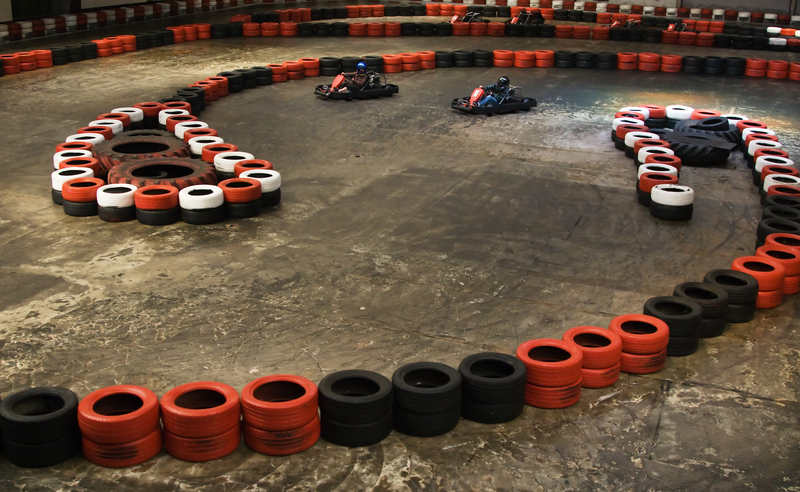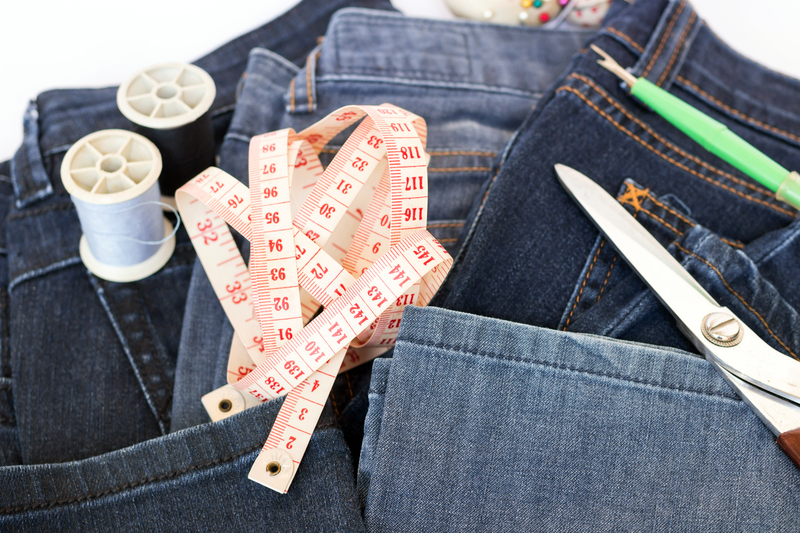Creative Approaches to Recycling and Disposing of Pots and Pans
When your trusty pots and pans begin to show their age, developing dents, warping, or losing their nonstick surfaces, you may wonder how to bid them farewell without contributing to landfill waste. Conventional routes often lead us to toss these kitchen staples in the trash, but modern creative approaches to recycling and disposing of pots and pans offer environmentally friendly, innovative, and even philanthropic alternatives. This guide will equip you with comprehensive insights into how you can retire your cookware responsibly while making a positive impact.

Understanding the Challenge: Why Responsible Disposal of Cookware Matters
Traditional cookware is often made from metals like aluminum, stainless steel, copper, cast iron, or nonstick-coated materials. While these materials are long-lasting, their eventual disposal presents challenges:
- Not all materials are curbside recyclable
- Chemical coatings on nonstick pans can pose environmental hazards
- Improper disposal contributes to overflowing landfills and waste pollution
1. Kitchenware Recycling Basics: What You Need to Know
Check with Local Recycling Programs
The first step in recycling cookware is to consult your municipal recycling guidelines. Many curbside recycling programs do not accept pots and pans due to size, material composition, and manufacturing treatments. However, some cities host periodic scrap metal collections or offer drop-off centers equipped to process metal household items.
Scrap Metal Yards: A Green Goldmine
Most pots and pans are primarily metal--a material welcomed by local scrap yards. Here's how you can make it work:
- Call ahead to ensure the yard accepts household cookware
- Remove plastic handles or non-metal parts if possible
- Deliver your cleaned, sorted items
2. Thinking Beyond Basic Recycling: Innovative Reuse and Repurposing
Upcycling Into Home Decor and Garden Art
One of the most rewarding creative ways to upcycle cookware is turning defunct pots and pans into beautiful, functional objects.
- Planters: Drill drainage holes in old saucepots, skillets, or Dutch ovens and fill them with soil for quirky garden or patio planters.
- Bird Feeders: Use the shape and stability of frying pans or colanders to make unique bird feeders. Suspend with chains or ropes in the backyard.
- Wall Art: Arrange shiny stainless steel pans into geometric designs on a kitchen wall to add industrial chic. Try painting or decoupaging for a personalized touch.
- Clocks and Mirrors: Transform a large, flat pan into a wall clock or fit with a circular mirror for quirky upcycled decor.
DIY Educational Projects
Repurpose donated pots and pans in schools or community centers for crafts and music projects. Children can:
- Paint and decorate pans for art projects
- Build makeshift drums and percussion instruments
- Use lids for creative game pieces or garden markers
3. Donate Your Pots and Pans for a New Beginning
Give to Charity and Community Organizations
If your unwanted cookware is still functional, consider donating pots and pans to local shelters, soup kitchens, or non-profits. Items most needed include:
- Basic saucepans and skillets
- Bakeware and roasting pans
- Utensils and kitchen tools
Pass Along to Friends, Family, or Social Media Groups
Share on local Facebook groups, Nextdoor, or Freecycle. Someone moving into a first home, students, or others on a tight budget may appreciate free or inexpensive cookware in good shape.
4. Special Considerations: Nonstick and Teflon-Coated Pans
Why You Can't Just Recycle Nonstick Cookware
Nonstick coatings like Teflon complicate the recycling process for pots and pans. These coatings can contain chemicals (such as PTFE) that are not safe for scrap metal melting or basic municipal recycling. Many recycling centers won't accept nonstick cookware unless the coating is completely removed.
Safe Disposal Methods
If your nonstick pans are beyond repair:
- Contact the manufacturer--some brands like Calphalon or GreenPan have take-back or recycling programs for their products
- Bring to a household hazardous waste facility designated for special materials
- Upcycle as decor or garden planters, avoiding food use if coating is flaking
5. Trade-In and Buyback Programs from Cookware Brands
Some well-known cookware companies encourage sustainability by offering trade-in or recycling initiatives:
- Le Creuset sometimes accepts old cast iron or enameled items for recycling in exchange for discounts
- Calphalon launched the Calphalon ReNew Program to recycle any brand of nonstick pans
- GreenPan runs periodic recycling drives for used nonstick products
6. Other Unexpected Uses for Old Cookware
Workshop and Garage Innovations
Old pots can become storage for hardware, paintbrushes, or small gardening tools in your garage or garden shed. Cast iron pans can even double as weights for holding down tarps or canopies. Small saucepans make unique containers for screws, nails, and bolts around a workshop.
Campfire Cookware and Outdoor Uses
While your retired pots and pans may no longer be suitable for kitchen use, they can serve admirably as rugged campfire or grilling tools. Old cast iron, especially, is perfect for outdoor cooking--even if rusted or discolored, as long as integrity remains.
Gift Wrapping and Themed Baskets
Use a clean, gently-used pan as the "basket" for a themed gift--filling it with baking mixes, utensils, tea towels, or other kitchen goods. It's a creative way to reuse and present gifts, particularly for weddings, housewarmings, or college students.
7. Tips for Extending the Life of Your Pots and Pans
While finding responsible endpoints for old cookware is crucial, the best approach is to extend the lifespan of your kitchen tools from the start:
- Handwash whenever possible to prevent damage from harsh dishwashers
- Use wooden or silicone utensils to prevent scratching nonstick and stainless surfaces
- Avoid overheating to prolong finish and prevent warping
- Reseason cast iron regularly for a natural, durable nonstick surface

8. Frequently Asked Questions on Disposing and Recycling Cookware
Can I put old pots and pans in my recycling bin?
Most curbside programs do not accept cookware, especially if it contains nonstick coatings, plastic, or wood handles. Always check local guidelines or use special drop-offs for metal goods.
What about rusty or damaged pans--can they be reused?
If the damage is cosmetic (surface rust, minor discoloration), cast iron and stainless steel can often be restored. Severely warped pans, pans with peeling coating, or those that no longer perform safely should be recycled, upcycled, or disposed of responsibly.
Is donating pans with minor scratches or discoloration okay?
Yes, if the item is clean, functional, and not flaking, many charities welcome gently-used goods. Be honest about the item's condition and only donate items you'd feel comfortable giving a friend or family member.
Conclusion: Choose a Creative and Sustainable Approach for Your Old Pots and Pans
Embracing creative approaches to recycling and disposing of pots and pans supports sustainability and environmental health, and can even enhance your community and home. Whether you donate, upcycle, involve your children in crafts, or participate in brand take-back programs, each step you take keeps valuable materials in use and reduces kitchen waste.
Ready to give your old cookware a new life? Start with these imaginative and planet-friendly solutions--the planet (and your local landfill) will thank you!
